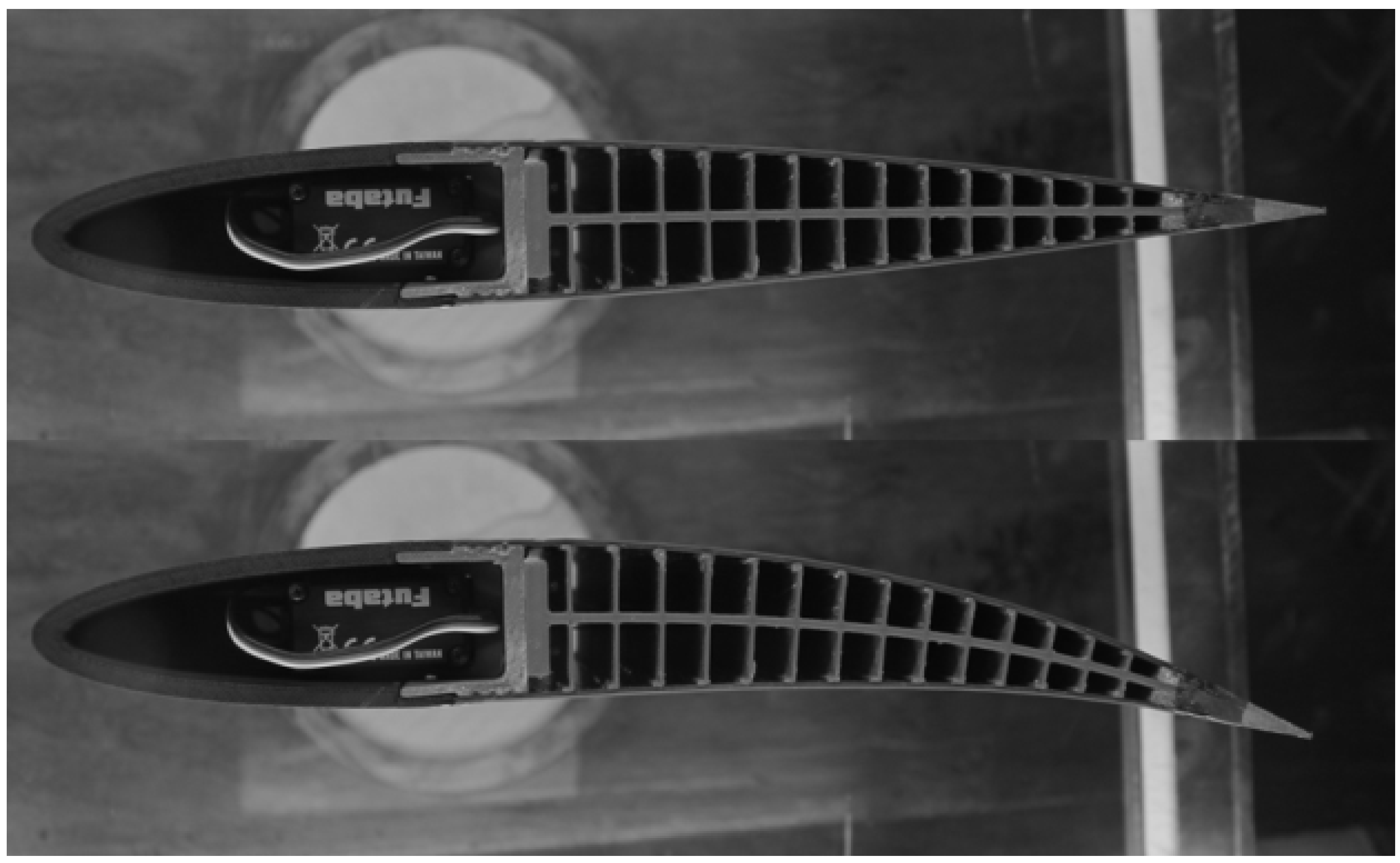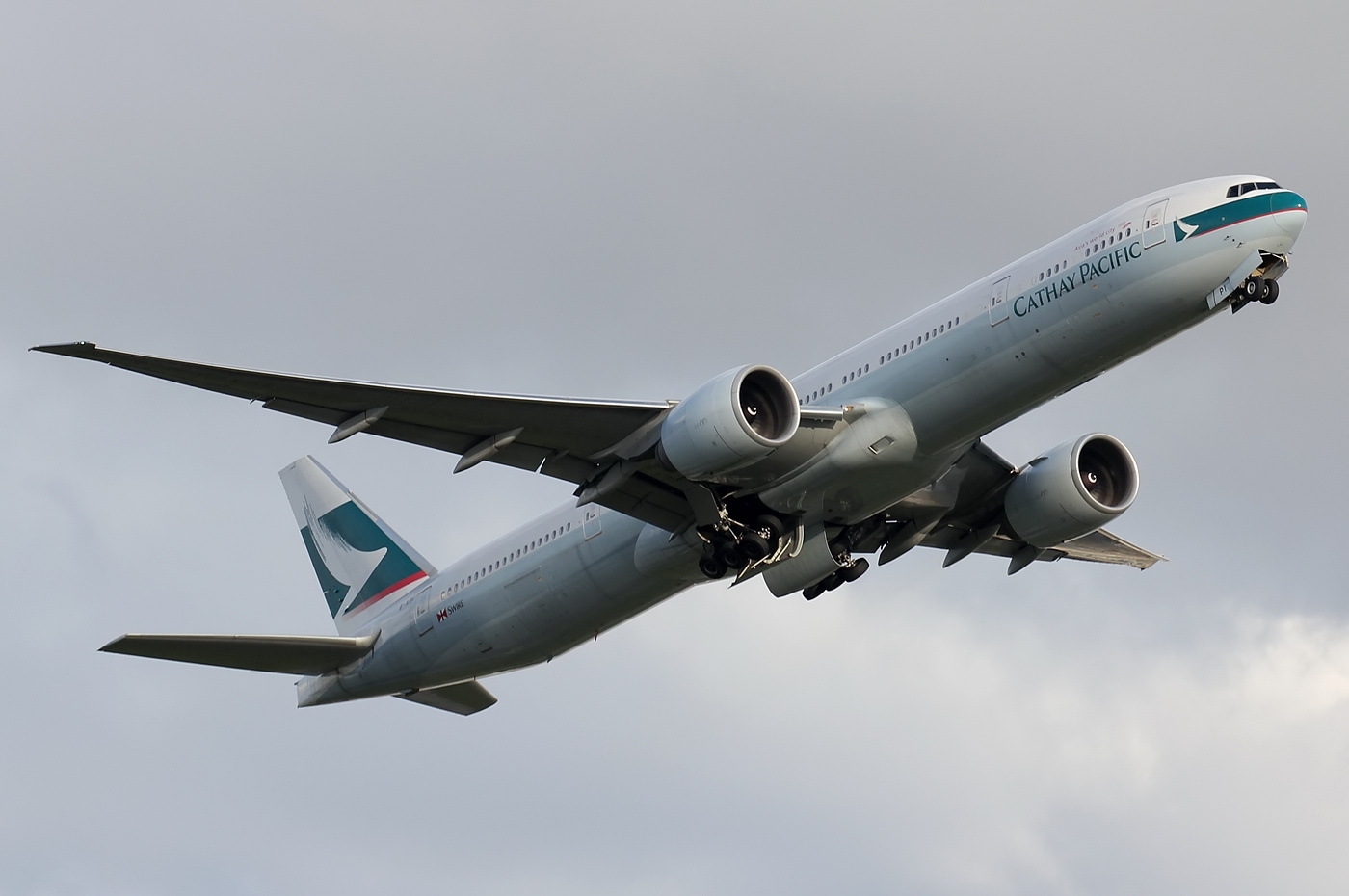
Hey there Aviation Enthusiasts!
Considering a career in Aviation? Confused which one to aim for?
Well, below I have outlined pros and cons of each sector to ease confusion.
Private Aviation

- All expenses paid on time
Whenever you take a trip, crew expenses including hotel accommodations, transport, meals and sometimes when there is need to relocate, all of these expenses are covered on time.
- You get to enjoy the destinations you fly to(mostly)
Commercial Pilots have to leave the aircraft once they reach their destinations and prepare for the next one whereas here it’s a different case! You get to stay with the aircraft so if the guests are staying at some fancy location so will you.!
- You get to Control your own schedule unlike commercial pilots where airline gives a schedule which they have to follow strictly.
- Experiencing different cultures and meeting new people
- I know I know even Commercial Pilots have this advantage but here you get into more detail personally, since the crew is not hundreds.
- Industry is Very competitive
- There are many companies providing different offers to attract people and Pilot(Flight hours, Certification) criteria is bit high too.
- Income will depend on if you ae on contract or a full-time.
- Contract Pilots get lower income than the Full-Time Pilots.
Commercial Aviation

-Schedule is based on airline and they have to follow it strictly.
– Commercial pilots gets to enjoy destinations as well but it is a rare opportunity since it highly depends on destination given by the airline.
-Income is consistent but your experience and level will play a big role.
-Trainings are paid.
You have to train to get certain certifications and if airlines is not sponsoring training then you will have to spend a lot!
-Industry is highly competitive globally always.
THE BOTTOM LINE
In both cases you will have to work hard in order to secure a position in the industry. So, if you are not willing to work hard (very hard) save yourself the money, the time and consider going for another career.
If you are willing to go for it then you are going to have some serious FUN!
Being a pilot is definitely an amazing experience and makes you stand out from others but pilots who have a successful career are the one who are an aviation enthusiasts and work very hard for it.
So, in my opinion if you want a little less stress in your career, enjoy destinations and are not a fan of hectic schedule then go for PRIVATE Aviation!













